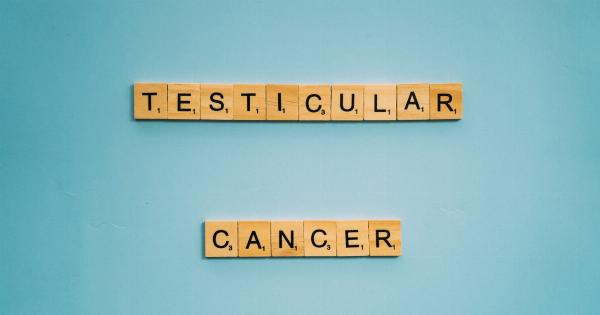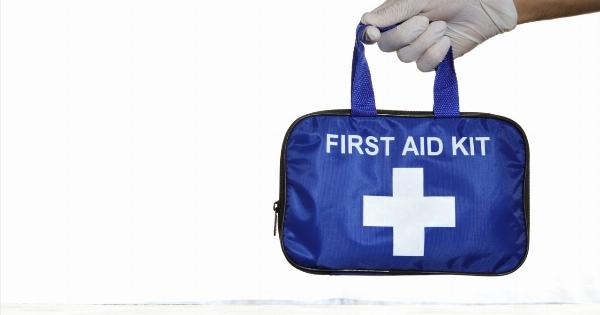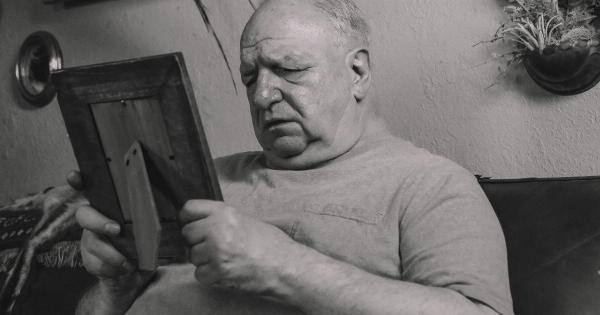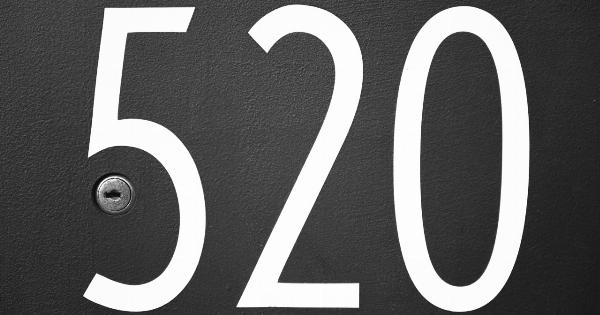Many men experience pain in their testicles or scrotum area at some point in their lives, and it can be a cause for concern.
While some discomfort is relatively normal, sharp or persistent pain could be a sign of a serious problem like testicular torsion. Knowing the signs and symptoms of a twist can help you get prompt medical attention, which can improve your outcome and prevent complications. In this article, we’ll explore the signs of testicular torsion and what you can do to protect yourself.
What Is Testicular Torsion?
Testicular torsion occurs when the testicle rotates inside the scrotum, twisting the spermatic cord that brings blood to and from the testicle.
When this happens, blood flow to the testicle can be interrupted, which can cause damage to the tissue and lead to long-term problems like infertility if left untreated. Testicular torsion can happen at any age, but it’s most common in teenage boys.
What Causes Testicular Torsion?
There’s no definitive cause of testicular torsion, but it can happen as a result of any activity that causes the testicles to move or rotate. Common causes include sports injuries, particularly those involving contact or twisting motions.
It can also occur spontaneously, and in some cases is associated with an anatomical variation in the testicles.
What Are the Symptoms?
The most common symptom of testicular torsion is severe pain or discomfort in one or both testicles. The pain may come on suddenly and be accompanied by nausea, vomiting, or sweating.
Other symptoms can include swelling in the scrotum, a change in testicle position or shape, or pain in the lower abdomen or groin area. If you experience any of these symptoms, it’s essential to seek medical attention right away.
How Is It Diagnosed?
If you see a doctor for testicular pain, they will usually perform a physical exam first to check for signs of swelling, redness, or lumps.
They may also order tests like blood work or an ultrasound to check blood flow to the testicles and look for signs of damage. In some cases, surgery may be necessary to examine the testicle or correct the twist if it’s caught early.
What Are the Treatment Options?
The best treatment for testicular torsion is surgery, which involves untwisting the testicle and securing it in place to prevent it from rotating again.
This procedure is usually done under general anesthesia and may require a hospital stay to monitor recovery. If the twist is caught early, surgery can usually be done with minimal damage to the testicle.
How Can You Prevent It?
Unfortunately, there’s no surefire way to prevent testicular torsion, but there are steps you can take to reduce your risk. Avoid activities that involve sudden or repetitive movements that could cause your testicles to twist.
Wear supportive underwear during physical activity to keep your testicles in place. If you experience any symptoms of a twist, seek medical attention right away to avoid potential complications.
The Bottom Line
Pain or discomfort in the testicles can be alarming, and testicular torsion is a serious condition that requires prompt treatment to avoid long-term damage.
Knowing the symptoms of testicular torsion can help you recognize when something is wrong and get medical attention quickly. While there’s no way to prevent a twist from happening, avoiding certain activities and wearing supportive underwear can reduce your risk. If you’re experiencing testicular pain, don’t hesitate to see a doctor and get the care you need.





























